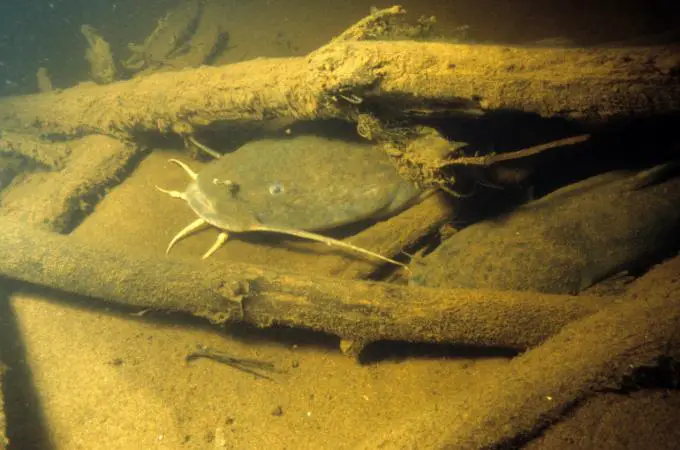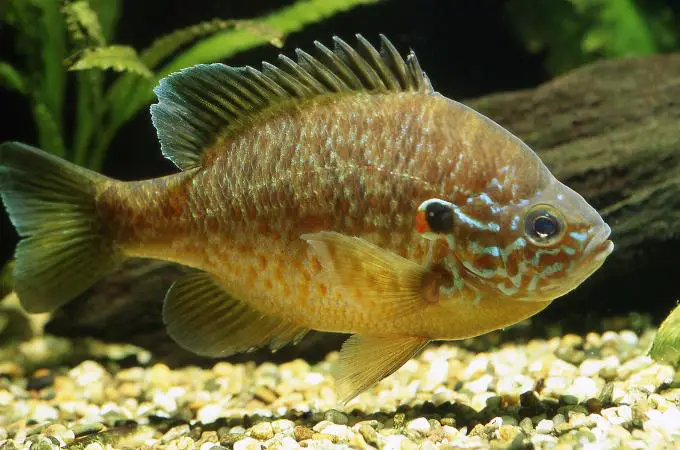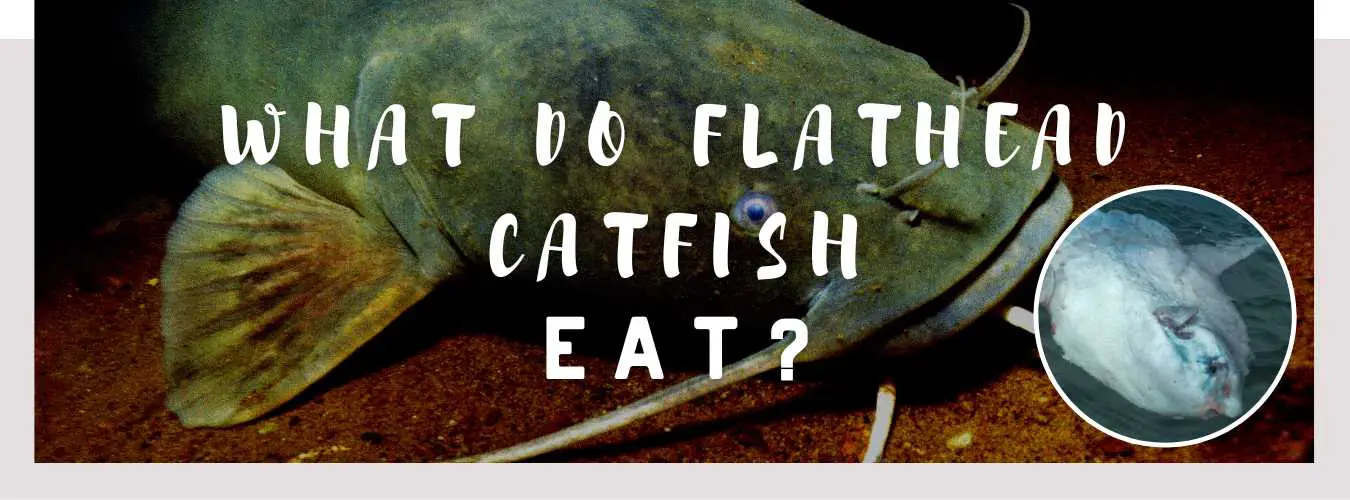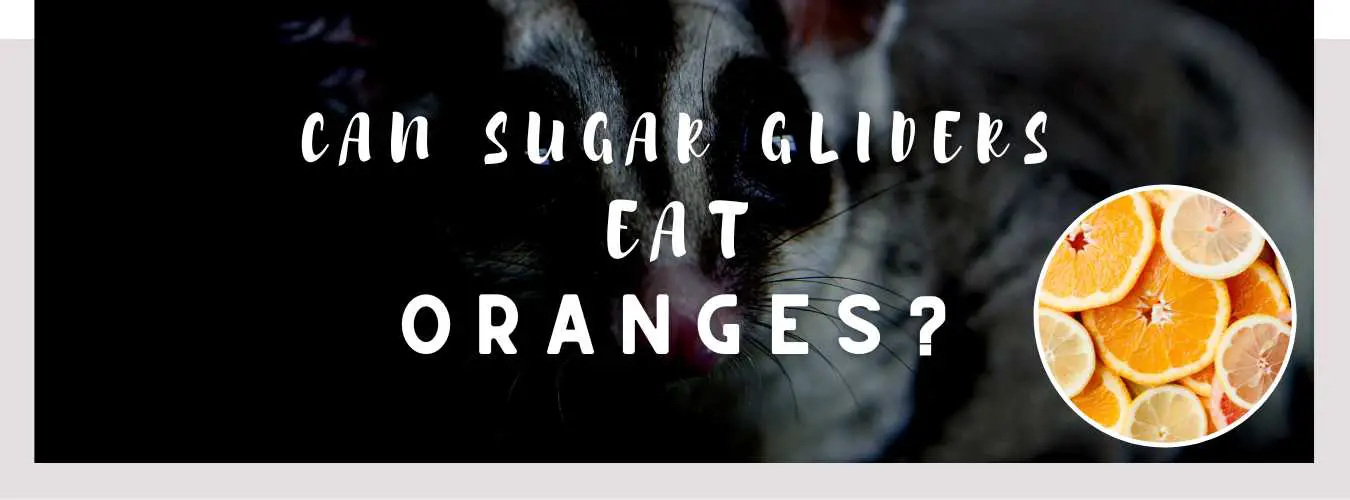
Flathead catfish, also known as “yellow cat,” are native to the Mississippi River Basin and are considered one of the most predatory catfish species in North America. They are opportunistic feeders and consume a variety of prey items, including fish, crayfish, insects, and even small mammals. In this article, we’ll take a closer look at the diet of flathead catfish and what you can use for bait when fishing for these elusive creatures.
What Do Flathead Catfish Eat?
Flathead catfish are opportunistic feeders and will consume a wide range of prey items. Their natural diet consists of:
Fish: Flathead catfish feed on other fish species, including sunfish, shad, and smallmouth bass. They have been known to consume fish up to two-thirds of their own size.
Crayfish: Crayfish are a staple in the diet of flathead catfish, making up a significant portion of their food intake.
Insects: Flathead catfish are also known to consume insects, including mayflies, caddisflies, and water beetles.
Small mammals: Flathead catfish have been known to consume small mammals, including muskrats, and even baby ducks.
The size and age of flathead catfish will determine the size and type of prey they consume. Juvenile flathead catfish feed primarily on small fish, insects, and crayfish, while adult flathead catfish consume larger prey items, including other fish and small mammals.
You might also like: What Do Channel Catfish Eat?
Factors That Affect Flathead Catfish Diet

The diet of flathead catfish is influenced by several factors, including water temperature, seasonal changes, and the availability of prey. In the summer months, when water temperatures are warm, flathead catfish are more active and consume more food. During the winter months, when water temperatures are colder, flathead catfish become less active and feed less frequently.
Seasonal changes can also influence the diet of flathead catfish. For example, during the spawning season, flathead catfish consume more crayfish and insects, as these are readily available in their natural habitat.
The availability of prey can also affect the diet of flathead catfish. In areas with a high concentration of fish or other prey items, flathead catfish will consume more of these items. Conversely, in areas where prey items are scarce, flathead catfish will consume a wider range of food items to satisfy their hunger.
Using Bait to Catch Flathead Catfish
When fishing for flathead catfish, it’s important to use bait that is similar to the prey they naturally consume. Some of the best baits for catching flathead catfish include:
Live bait: Live bait, such as shad, sunfish, or crayfish, is one of the most effective ways to catch flathead catfish. Flathead catfish are attracted to the scent and movement of live bait and are more likely to bite if the bait is struggling.
Cut bait: Cut bait, such as shad or sunfish, can also be used to catch flathead catfish. The scent of the cut bait will attract the catfish, and the bait will move in the water, mimicking the movement of a struggling prey item.
Artificial lures: Artificial lures, such as jigs or crankbaits, can also be used to catch flathead catfish. These lures mimic the movement and appearance of a live baitfish, attracting the flathead catfish and inducing a bite.
Dough bait: Dough bait is a type of soft, moldable bait that is infused with scents and flavors. Dough bait is a popular choice for flathead catfish fishing, as it is easy to mold into the desired shape and can be fished in a variety of ways.
You might also like: What Do Pond Catfish Eat?
Tips for Catching Flathead Catfish

Fish in the right location: Flathead catfish are most commonly found in deep, slow-moving waters, such as rivers, lakes, and reservoirs. Focus your fishing efforts in these types of environments, and target areas with structure, such as drop-offs or underwater logs.
Use the right equipment: Flathead catfish are large and powerful, so it’s important to use the right equipment when fishing for them. Use a heavy-duty fishing rod and reel, and choose a line that has a high breaking strength.
Set the hook correctly: When fishing for flathead catfish, it’s important to set the hook correctly. Wait until you feel the catfish biting, and then quickly set the hook by pulling the rod up and back.
Pay attention to the weather: Weather conditions can greatly impact the behavior of flathead catfish. In sunny, warm weather, flathead catfish tend to be more active, while in overcast or cooler weather, they tend to be less active. Pay attention to the weather and adjust your fishing strategies accordingly.
Conclusion
Flathead catfish are opportunistic feeders that consume a wide range of prey items, including fish, crayfish, insects, and small mammals. To successfully catch flathead catfish, it’s important to understand their diet and to use bait that is similar to their natural prey. By fishing in the right location, using the right equipment, and setting the hook correctly, you can increase your chances of landing a trophy flathead catfish.










